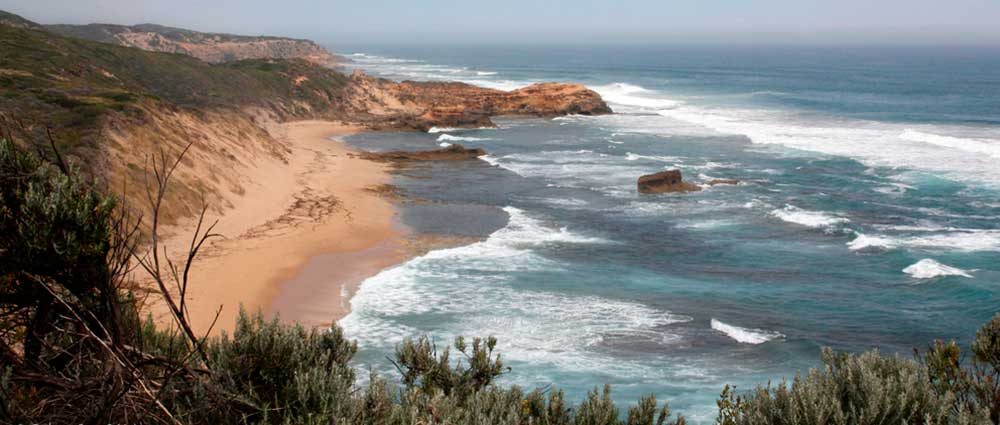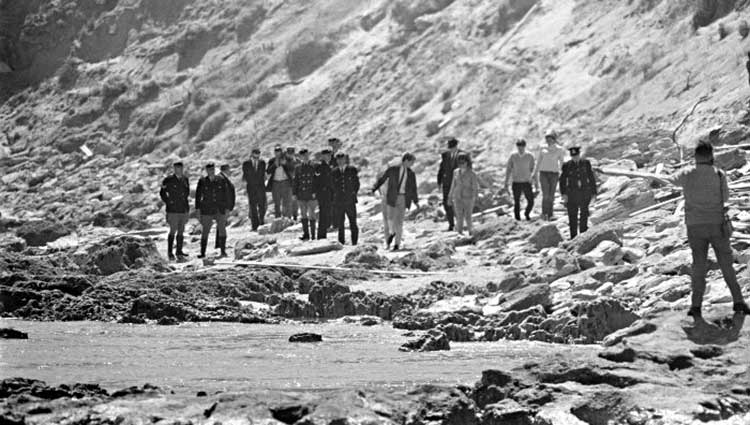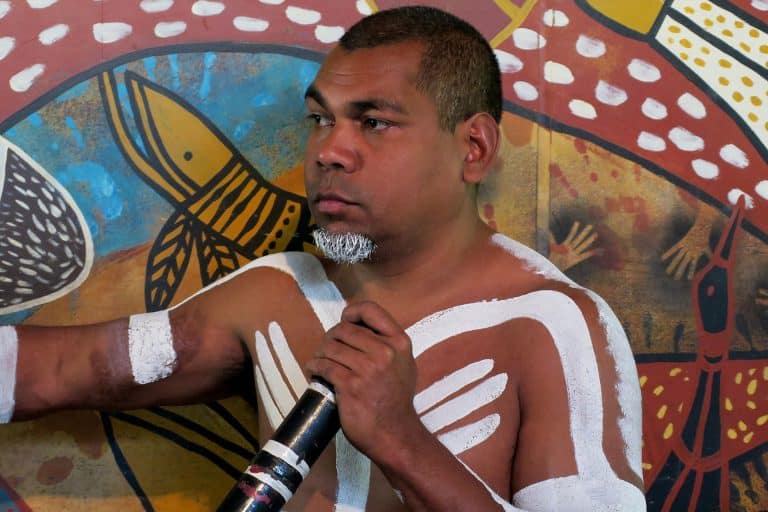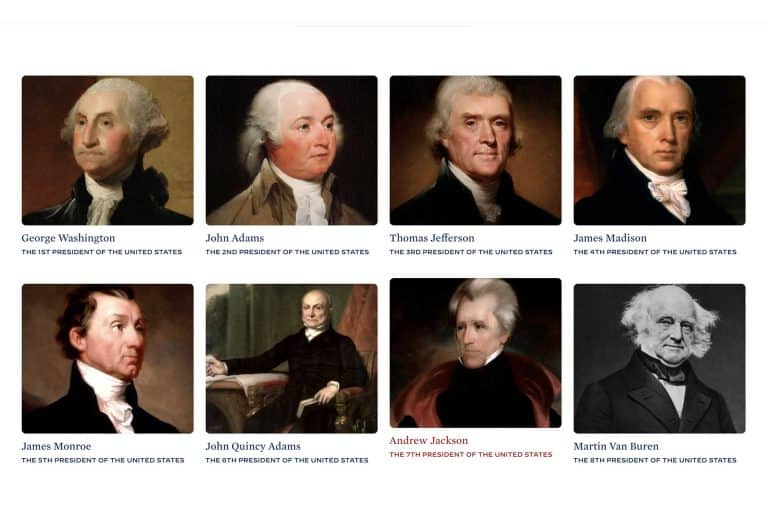The Day Australian Prime Minister Harold Holt Disappeared Without a Trace
Harold Holt’s Early Life
Harold Edward Holt, commonly known as Harold Holt, was born on 5 August 1908 in Stanmore, Sydney, Australia. He was the eldest child of Thomas and Olive Holt. The Holt family were middle-class with a modest background; Thomas worked as a theater manager and later delved into a career in the British film industry. From an early age, Holt exhibited a flair for academics. He attended Randwick Public School in New South Wales and later moved to Melbourne, where he studied at Wesley College.
At Wesley College, Holt’s intelligence and determination shone through, and he became a standout student both academically and on the sports field. Following his secondary education, he pursued a law degree at the University of Melbourne. It was during these formative years at the university that Holt became actively involved in student politics, planting the seeds for his future political career. He successfully balanced his studies with his political pursuits and graduated with a Bachelor of Laws in 1930. This educational foundation would soon serve him well as he embarked on a career in the realm of Australian politics, paving the way for his eventual ascension to the role of Prime Minister.
Harold Holt: Australia’s Prime Minister

Harold Edward Holt’s political career was marked by his liberal views and an unwavering commitment to the economic development of Australia. As a member of the Liberal Party, Holt championed free-market principles, believing in less governmental intervention in economic matters. This laissez-faire approach was counterbalanced by a certain pragmatism. He was known for adapting to the exigencies of the time and was instrumental in introducing the new decimal currency system, moving Australia away from the pound, shilling, and pence.
His election as Prime Minister in January 1966 was the culmination of more than three decades in politics. Having served in various capacities, including as Minister for Immigration and as Treasurer, Holt was well-prepared for the nation’s top post. His leadership was characterized by a strong alliance with the United States, evident in his commitment to the Vietnam War, which he believed was essential for countering communist expansion in Southeast Asia.
This, however, was a divisive point in Australian society, with many protesting the war and questioning Australia’s involvement. Nevertheless, Holt’s election win was resounding. Leading the Liberal-Country Party coalition, he secured a significant majority in the House of Representatives in the 1966 election, underscoring his popularity and the trust that the Australian public had in his leadership.
Harold Edward Holt’s ascendancy to the position of Australia’s Prime Minister was a significant moment in the nation’s political history. Under his leadership, the coalition achieved a resounding victory, securing a substantial 40-seat majority in the House of Representatives. This majority was one of the largest in Australian history, highlighting the immense trust and confidence the Australian electorate had in Holt’s capabilities. The scale of the victory was not only a testament to Holt’s political acumen but also reflected the public’s endorsement of his policies and vision for the country’s future.
The Fateful Day at Cheviot Beach
Harold Edward Holt, now the 17th Prime Minister of Australia, met with an inexplicable fate that has remained one of the country’s most enduring mysteries. On December 17, 1967, Holt decided to spend his day off at one of his favorite retreats, the Cheviot Beach near Portsea, a location known for its strong undercurrents and tumultuous waves. An avid swimmer, Holt, accompanied by friends and bodyguards, ventured into the waters despite the evident rough conditions.

However, the sea’s treacherous currents quickly became evident. Eyewitness accounts state that as the waves intensified, Holt became separated from his companions and was gradually pulled further away from the shore. Those present, including his friends and security detail, watched with mounting alarm as the Prime Minister struggled against the overwhelming force of the ocean, becoming a smaller and smaller figure in the distance until he disappeared from view entirely. Despite immediate and subsequent extensive search efforts involving divers, helicopters, boats, and even the Navy, no trace of Holt could be found.
The sudden and tragic disappearance of a sitting Prime Minister was an unprecedented event in Australian history, and the nation was plunged into shock and grief. The government, grappling with the loss of its leader, declared it a presumed drowning. Holt’s disappearance necessitated swift constitutional procedures, with John McEwen, the leader of the Country Party and Deputy Prime Minister, stepping in as the interim Prime Minister. Holt’s absence left a void in Australian politics and was a somber reminder of the unpredictable and overpowering might of nature.
The Search for Australian Prime Minister Harold Holt
The aftermath of Harold Edward Holt’s disappearance sent ripples of disbelief and grief throughout Australia and indeed, the wider world. As the nation tried to grapple with the unexpected loss of its Prime Minister, the media swirled with a mix of mourning, speculation, and a growing number of theories about what might have happened.

National Archives of Australia, Public domain, via Wikimedia Commons
In the immediate wake of the incident, Cheviot Beach was flooded with reporters, locals, and others trying to make sense of the tragedy. The exhaustive search operation, which lasted for weeks and saw the collaboration of multiple naval and civilian agencies, was widely covered. However, with each passing day and no tangible evidence of Holt’s remains, the certainty of the initial presumption—that Holt had drowned—began to wane in the public’s eye.
In the vacuum left by the absence of concrete answers, a number of conspiracy theories sprouted. Some believed that Holt, known for his support of the U.S. during the Vietnam War, had been picked up by a CIA submarine to be taken away for secretive discussions or even to start a new life. Others proposed that he had been a Chinese spy and was collected by a Chinese midget-submarine to live the rest of his life in Beijing.
Another theory proposed that Holt had taken his own life, given the political pressures of his office, but those close to him consistently dismissed this, citing his optimistic nature and the lack of any evident signs of despondency leading up to his disappearance. Moreover, Holt had been planning for future events, such as a Christmas celebration at his home, which made the notion of a premeditated disappearance seem unlikely.
The official stance, supported by the exhaustive search and the lack of evidence pointing to foul play, remained that Holt had drowned in the treacherous waters of Cheviot Beach, a victim of unpredictable ocean currents and possibly an unforeseen medical episode. Neither his body nor any items of clothing surfaced, adding to the mystery and speculation that surrounded the incident for years.
The 2005 Inquest into the Disappearance of Australian Prime Minister Harold Holt
In 2005, nearly four decades after Harold Holt’s mysterious disappearance, the Victorian state coroner felt compelled to officially address the uncertainty and various conspiracy theories that had arisen over the years. The coroner initiated an inquest into Holt’s disappearance, the first formal inquest since the incident in 1967. Given the time that had elapsed, it was hoped that this effort would bring some semblance of closure to one of Australia’s most enduring mysteries.
The inquest exhaustively reviewed all available evidence and witness statements from the time of Holt’s disappearance. After thorough examination, the coroner arrived at the same conclusion that was initially suspected back in 1967: Australian Prime Minister Harold Holt had accidentally drowned at Cheviot Beach. The findings further elaborated that there were “no suspicious circumstances” surrounding his death. The treacherous conditions of the beach, known for its strong undercurrents, and the fact that Holt was swimming alone, were significant factors that likely contributed to this tragic event. It was a simple yet tragic answer to an event that had become the subject of decades of speculation.

Today, the legacy of Australian Prime Minister Harold Holt’s disappearance remains embedded in the Australian psyche, but the 2005 inquest has provided a more definitive end to many of the wilder conspiracy theories. The country remembers Holt not just for the circumstances of his disappearance but also for his contributions as Prime Minister. However, the enigmatic nature of his departure ensures that his story retains a unique place in Australian history. While most Australians now accept the conclusion of the inquest, the event is still occasionally revisited in popular culture and serves as a poignant reminder of the unpredictability of life.







